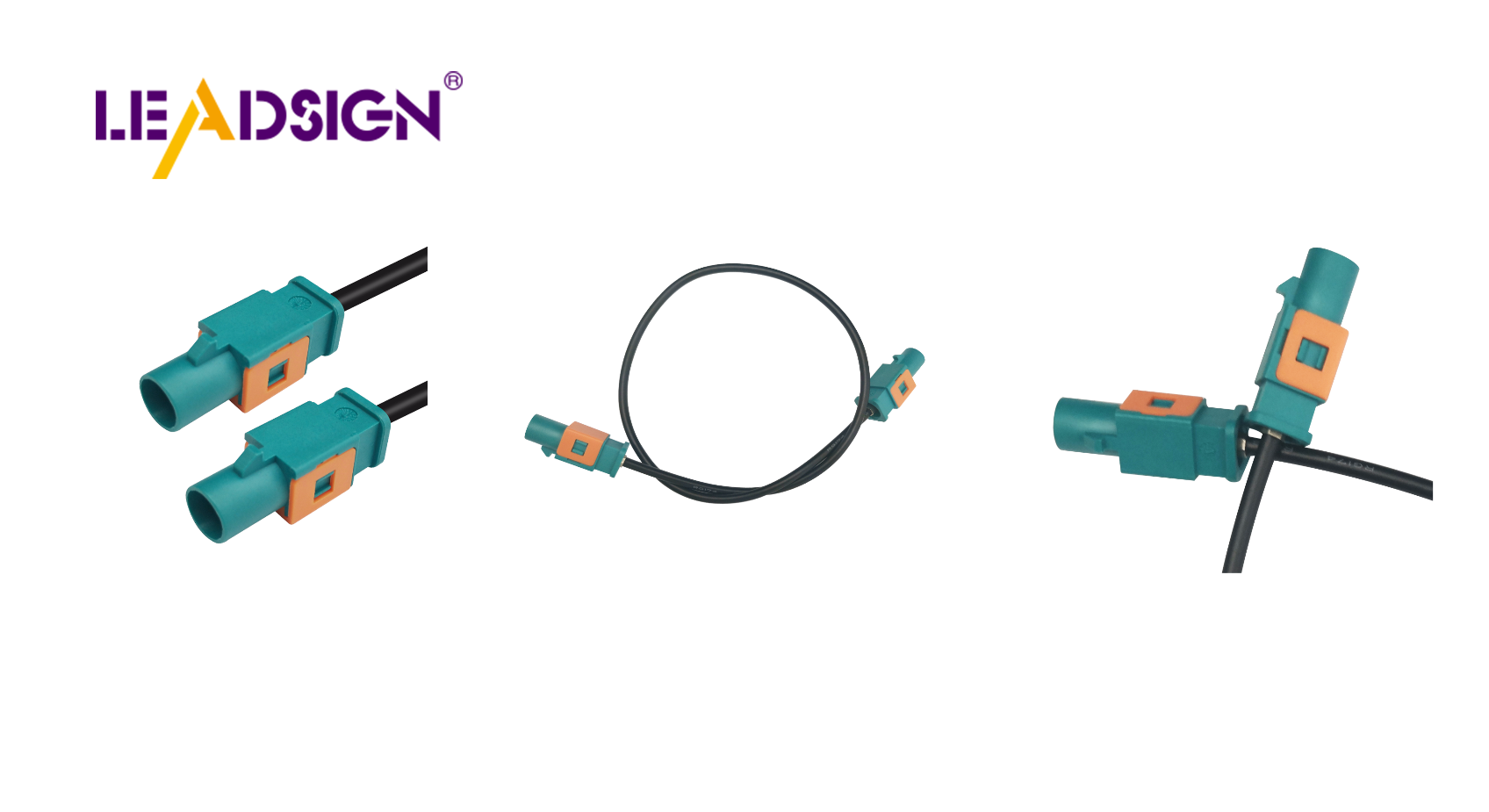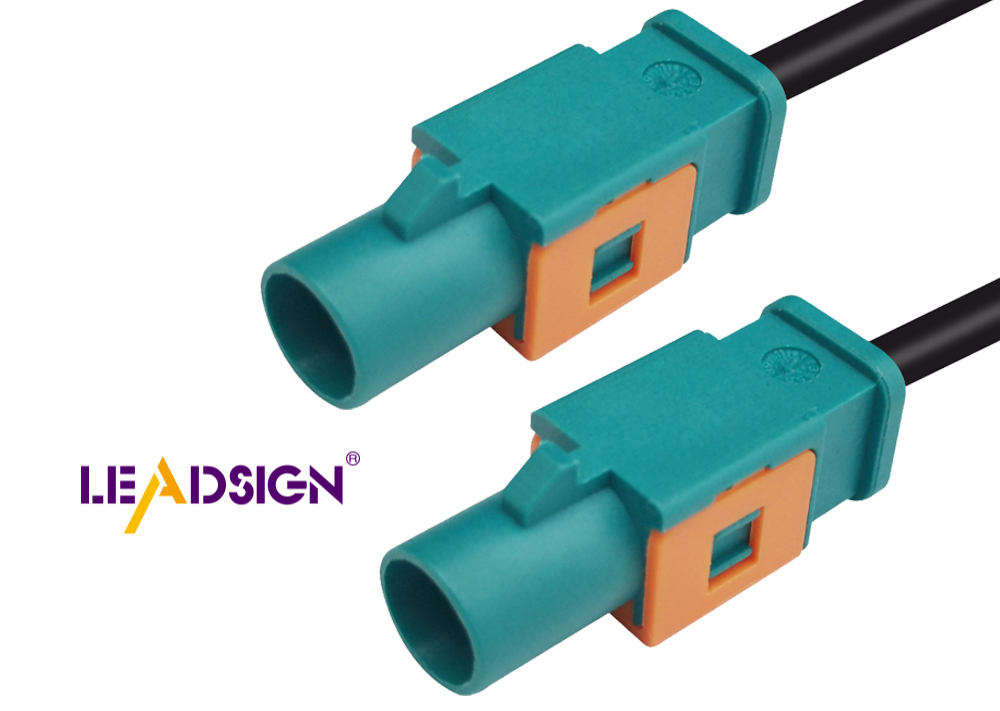How to Determine the Right Types of Wire Connectors for Automotive Use

Choosing the right wire connectors automotive type is crucial for maintaining effective electrical connections in vehicles. Selecting the incorrect type can lead to issues such as poor conductivity and increased resistance, potentially resulting in failures. Understanding the various automotive wire connectors is essential, as there are many types designed for specific applications and conditions. By familiarizing yourself with these automotive types, you can make informed decisions that enhance the performance and safety of your vehicle's electrical system.
Understanding Wire Connectors

What are Wire Connectors?
Definition and Purpose
Wire connectors are important parts in car electrical systems. They link wires to keep connections safe and steady. You use them to ensure circuits work well, which is key for your car's systems. Picking the right wire connectors automotive type stops failures and boosts your car's performance.
Common Materials Used
Car wire connectors are made from different materials for various uses. Plastic ones are light and don't rust, great where there's moisture. Metal ones conduct well but can rust if not cared for. For hot places, ceramic ones insulate well and handle high heat. Knowing these helps you pick the right wire connectors automotive type.
Types of Wire Connectors
Butt Connectors
Butt connectors are tube-like tools that connect two wires end-to-end. You use them when a strong inline connection is needed. They're simple to use and reliable, making them popular in cars.
Ring Terminals
Ring terminals have a ring end that fits over bolts or studs. You use them to attach wires to grounding points or blocks. Their shape keeps connections firm, even with shaking or movement.
Spade Terminals
Spade terminals look like forks, letting you easily attach or remove wires from blocks. They're good for spots needing frequent checks or changes. Their design holds tight but allows easy removal.
Quick Disconnects
Quick disconnects, also called slip-ons, let you connect fast and easily. You use them when you often need to join or separate wires. They fit snugly and come in sizes for different wire thicknesses.
Heat Shrink Connectors
Heat shrink connectors protect against water and weather issues. After crimping onto a wire, heat shrinks the tube for a waterproof seal. This makes them great for tough outdoor spots, keeping connections lasting long.
By learning about these connector types, you choose wisely for your car's needs. Each has its job; picking right improves your car's electrical system safety and dependability.
Things to Think About When Picking Wire Connectors
Electrical Needs
Current and Voltage Limits
Think about current and voltage limits when picking connectors. Each type handles certain electrical loads. Using the wrong one can cause overheating or failure. Always check if it fits your car's system.
Wire Size Match
Wire size match is key for good connections. Connectors must fit the wire size well. Wrong sizes can make loose links, causing problems. Check wire size before picking a connector for best results.
Environment Conditions
Heat Resistance
Heat resistance is important when choosing connectors. Cars face hot and cold temperatures often. Pick ones that handle these conditions well to last longer.
Water and Rust Protection
Water and rust protection matter for outside connectors. Moisture can cause rust, ruining connections. Choose ones with coatings or materials that stop water damage.
Physical Needs
Shake and Hit Strength
Shake and hit strength are crucial in cars. Cars move a lot, so pick connectors that stay firm during bumps.
Easy to Install and Fix
Easy install and fix should be considered too. Pick connectors that are simple to put in place and repair. This saves time and avoids mistakes during setup.
Step-by-Step Guide to Picking the Right Wire Connector
Checking What You Need
Knowing the Electrical Load
First, find out what power your connector needs to handle. Check how much current and voltage your car uses. This helps you pick a connector that won't overheat or break. If unsure, look at your car's manual or ask an expert.
Figuring Out the Environment
Next, think about where the connector will be used. Will it get hot, wet, or touch chemicals? Knowing this helps you choose connectors with good protection like heatproof or waterproof ones. This is important for making sure they last long and work well.
Matching Connectors to Needs
Comparing Types of Connectors
Once you know what you need, look at different connectors. See what each one does best. For example, butt connectors are strong for joining wires; quick disconnects are easy to take apart. Pick the type that fits your needs based on power and environment.
Looking at Material and Design
Think about what connectors are made of and how they look. Plastic ones don't rust so they're good in wet places. Metal ones carry electricity well but might need rust protection. Choose one that's easy to put on and stays tight.
Testing and Checking
Doing Electrical Tests
After picking a connector, test it to see if it works right. Make sure it carries electricity well without getting too hot. Testing shows if it's safe for your car's power needs. Use a tool like a multimeter if you can.
Following Rules and Standards
Finally, make sure your connector meets rules for safety and quality. Look for signs that show it's approved for cars. Following these rules means your connections will be safe and work properly.
Picking the right wire connectors is key for your car's electrical system. It keeps things safe and working well. To keep connections strong, do these steps:
Know What You Need: Learn about power needs and where it will be used.
Choose Carefully: Pick connectors that fit what you need.
Check Well: Do tests to make sure they work right.
For tricky jobs, ask experts. They can help you choose the best, making sure your car's electrical system stays strong and reliable.
See Also
Significance of FAKRA Connectors in Auto Sector
Essentiality of HSD Connectors in Auto Sector
Vital Role of Fakra Connectors in Auto Sector

